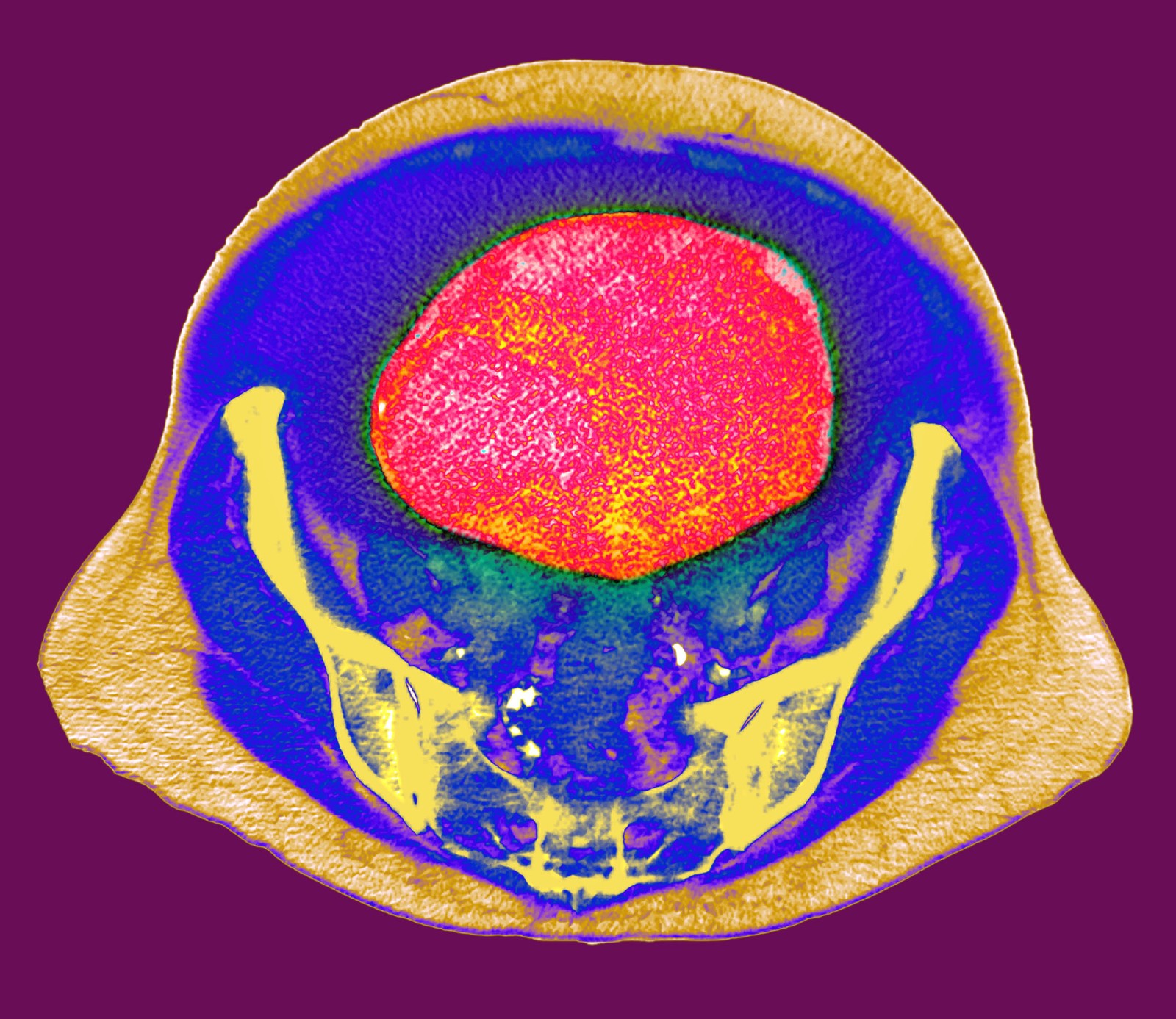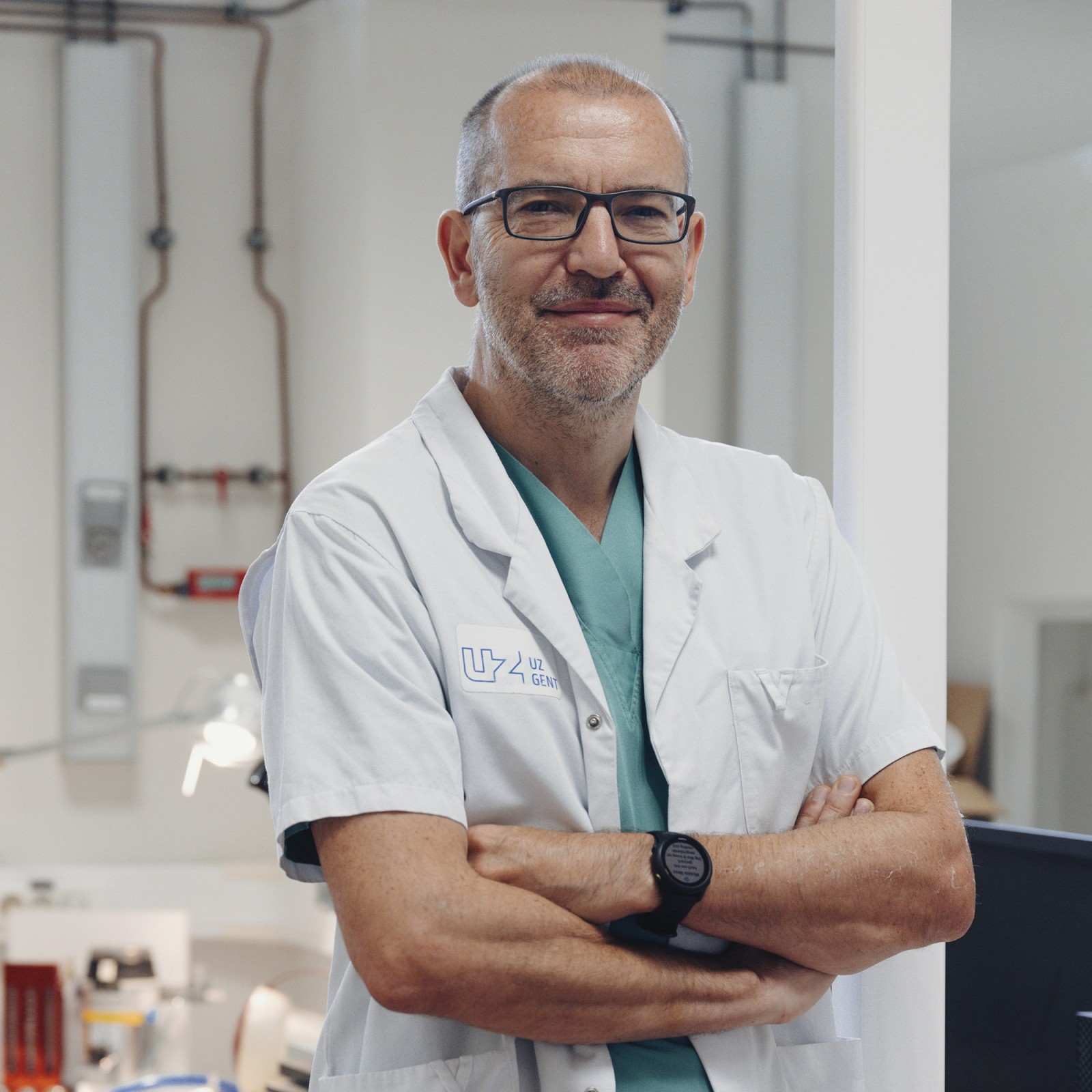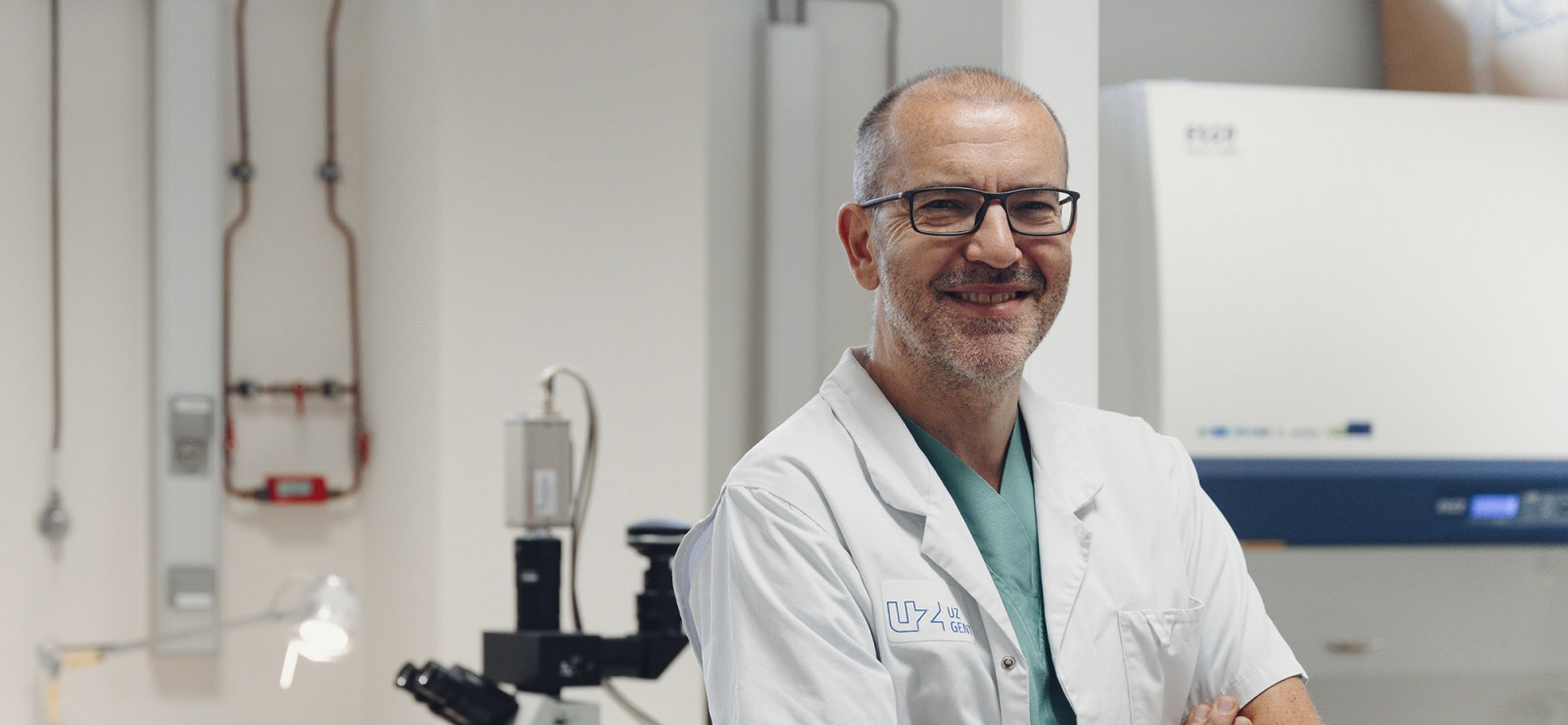Few people have heard of it: peritoneal cancer. However, the disease, especially as a metastasis of another cancer, affects many patients. Unfortunately, it is often too late once the diagnosis is made: existing treatments achieve very little. Groundbreaking research by Professor Wim Ceelen is now resulting in new and promising treatments. And all thanks to the inheritance of a former patient.
Six years ago, that patient worked with Professor Wim Ceelen, a cancer researcher and gastrointestinal surgeon, to set up the Peritoneal Cancer Fund, and with one objective in mind: to include the fund in his will. "Donations are very important to us. If they were to disappear, we would have difficulties with certain expenses, and our research would be compromised," says Wim.
Very low life expectancy
This research is desperately needed: life expectancies in peritoneal cancer remain particularly low. It is often a sign of advanced cancer and accompanied by metastases. In fact, there is currently no treatment available. Although, thanks in part to Wim's research, this is about to change.
In peritoneal cancer, tumour cells attach to the peritoneum, a membrane that lines the inside of the abdomen, but also all organs in the abdominal cavity, such as the stomach, intestine, ovaries and liver. Often, those cells end up there as a metastasis of other tumours in the abdominal cavity.
Lab as a legacy
In a very small number of patients, the cancer develops on the peritoneum itself. Wim: "We call this mesothelioma or 'asbestos cancer': it is comparable to the form of lung cancer caused by asbestos." The patient who donated his inheritance to Wim's research group suffered from this form.
His treatment initially went very well. "He even lived in good health for a number of years. But his disease then began to redevelop. Until he lost the battle." It was the man’s express wish to support research into the disease. "During one of our conversations, he told me that he would include the lab in his will," says Wim. "To be able to do that, we set up the Peritoneal Cancer Fund: an important step for research into treatment of the disease."

Peritoneal cancer is often a metastasis of a previous tumour. This CT scan of a female pelvis shows fluid accumulation (blue) resulting from peritoneal cancer. This, in turn, is due to a tumour on the ovary (red).
Expensive publications
Wim explains the importance: "Usually organisations such as Stichting Tegen Kanker, Kom op Tegen Kanker, the IOF (Industrial Research Fund) or the FWO (Fund for Scientific Research) finance these studies. " With that money we pay our personnel costs, which are naturally necessary. But you can't use that funding for just anything. That's why donations really make the difference, including legacies."
He gives the example of scientific publications. "These are very important: they get the ball rolling towards innovative treatment methods. But influential medical journals can easily charge 3,500 or even 10,000 euros for this opportunity. Thanks to the fund, we are able to publish our studies and thus make our research results known to the world."
Chemotherapy nebulisation
It allows Wim's research group to continue working on the approach using chemotherapy nebulisation. Most often, peritoneal cancer occurs as a metastasis of other cancers. This is similar to colon cancer, as one of the most common cancers. "No less than 15% of patients with colon cancer develop peritoneal cancer," says Wim. "In pancreatic cancer, it’s as much as half. People with metastases on the peritoneum often also have them in the lungs or liver. They can actually no longer be cured."
For these people, there used to be no treatment at all. Fortunately, that is now changing. Wim: "We are currently investigating treatment methods that stabilise the disease. For example, we are seeing promising results in PIPAC treatments, in which we nebulise the chemotherapy directly into the abdominal cavity via keyhole surgery, like an aerosol."
These treatments still cannot cure the disease: they remain palliative. "But they do allow us to get the cancer under control," says Wim. "We can extend the lifespan and quality of life, making it a chronic disease. That's already a very big step."
Expensive devices
Donations and legacies are also essential to cover unexpected costs, for example. Cancer research requires high-quality, and therefore expensive, material. In the PIPAC study, for instance, researchers use images from high-speed cameras to investigate how nebulised chemotherapy interacts with tumour tissues. Wim: "If a device is defective, we must be able to repair or replace it immediately. Otherwise, our research is threatened. Those costs soon add up."
For another study, his research group is working with a sophisticated MRI scan: "We are developing a method to measure the physical properties of tumours," he explains. "It's very important to know them. For example, we know that pancreatic tumours are very hard and stiff, which is why they hardly respond to chemotherapy. In the past, we could only discover these properties following a biopsy. Thanks to a dynamic contrast MRI, this will now also become possible in a non-invasive manner. This is less traumatic for the patient, and treatment can be faster and more targeted."
In any case, since the fund’s foundation, the research group has received more and more donations, as a kind of snowball effect. Wim: "We are so very grateful. As a result, we can try to understand the different peritoneal tumours as much as possible and give patients better life chances."

Wim Ceelen conducts groundbreaking research as a professor in the Department of Human Structure and Repair and leads the laboratory of Experimental Surgery. In addition, he is a surgeon at the Ghent University Hospital. He combines his passion for cancer research with one for literature. He has already written a paper on Ivan Turgenev's cancer diagnosis, surgery and cause of death.
Read also
This is how to avoid parasites on holiday
Holidays! You're already looking forward to all the delicious things you'll eat while travelling, but wait ... Can you just eat anything? "There are some foods that you need to be a bit careful with.” Professor Sarah Gabriel tells us how to avoid taking an extra passenger back home
Revolution in plastic surgery: human tissue rolls out of printer
Creating new pieces of bone, muscle, skin or fat with a 3D printer to heal injuries. Sounds futuristic? The first steps are already being taken today! We spoke with plastic surgeon and professor Phillip Blondeel about his research into tissue engineering.
Most skin cancers can be prevented: protect yourself from UV with these 4 tips
Sunshine and holidays equal a tanned skin for many. But we need to adjust our ideas about tanning, according to dermatologists Lieve Brochez and Isabelle Hoorens. Our behavior towards the sun and UV will cause more and more cases of skin cancer in the coming years.
Is a stool transplant a potential treatment for Parkinson’s?
A recent study into Parkinson’s disease has shown that a stool transplant may constitute a new and valuable treatment of the disease. “It offers a potentially safe, effective and cost-efficient way of alleviating the symptoms and improving the quality of life of millions. A 'bacterial pill' might replace the stool transplant in the future. But more research is needed.”



